St. George Post. On the verge of disaster
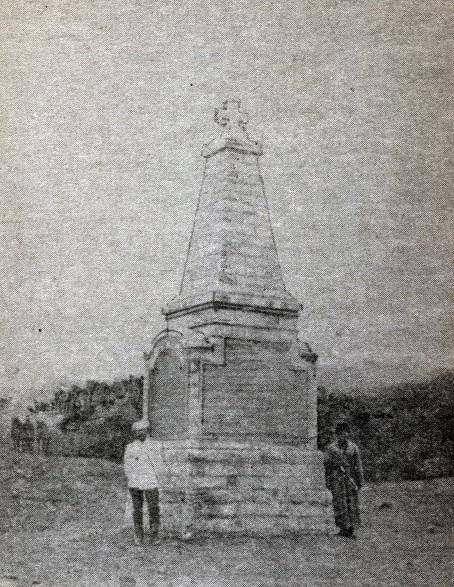
On the shore of the Neberdzhaevsky reservoir, which is spread in a picturesque valley and supplies Novorossiysk with water, a traveler can notice an ancient monument. The monument symbolizes at the same time a feat and tragedy that took place in these places in the 19th century, and is also a kind of historical a fragment of the once important Adagum cordon line. In the second half of the 19th century, one of the line posts stood in this valley - Georgievsky, whose death was immortalized in stone.
St. George post - a link of the cordon line
After the Crimean War, the Russian Empire was rapidly returning lost ground in the Caucasus. Almost immediately after the signing of the peace treaty, Russian troops occupied the territories of Anapa, Novorossiysk, Sukhum, etc. At the same time, the capital was determined to end the long-standing Caucasian war. However, despite this desire, St. Petersburg allocated extremely little and reluctantly additional military forces, continuing to judge the Caucasus by the “residual principle”.
Appointed by the commander-in-chief of the Separate Caucasian Corps in 1856, Prince Alexander Ivanovich Baryatinsky quite reasonably decided to use new fortifications to dissect the mountain tribes hostile to the empire, capable of creating a military alliance against Russia. Thus, the Adagum cordon line created from scratch was supposed to divide the Natukhays and warlike Shapsugs.
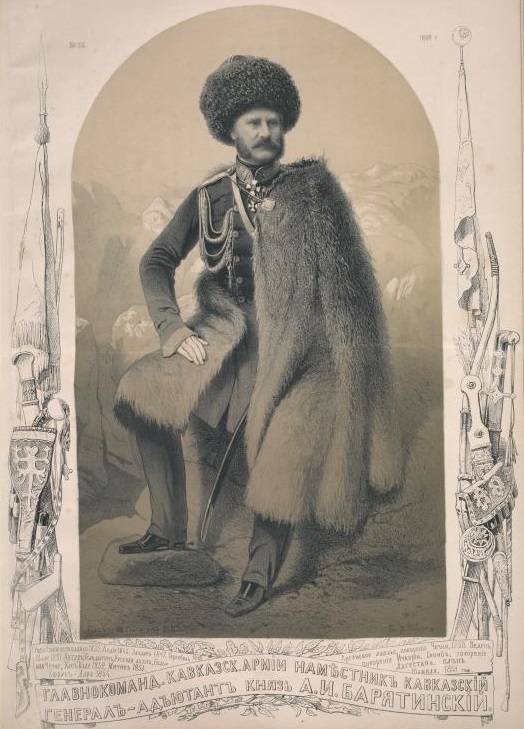
On April 23, 1857, the Adagum military detachment created for the purpose of building a new line crossed the Kuban and moved to the upper reaches of the Adagum River, which is formed by the confluence of the Neberdzhay and Bakanka rivers. Fighting simultaneously with the highlanders, climate, relief and malaria, the detachment stubbornly built roads and erected new fortifications and villages.
A new line began at the Surovsky post on the banks of the Kuban and ornately descended to the south, ending with a powerful Konstantinovsky fortification on the territory of modern Novorossiysk. The entire line was divided into steppe and mountainous parts. The central strengthening of the entire line was the Lower Adagum fortification on the Adagum river in the area of the modern Novotroitsky farm.
One of the links of the Adagum line was the St. George post near the Lipka River (therefore, in some sources the post is called Lipkinsky), which in fact crowns the line near the last Konstantinovsky fortification and belongs to its mountainous part. The post was built in 1861 in the Neberjaya Valley. He was supposed to cover only the Verkhnebakanskaya and Nizhnebakanskaya villages, which were just starting to grow at that time, and also to warn Novorossiysk about the danger.
At the same time, the location of the post was chosen extremely unsuccessfully. In fact, Georgievsky was at the bottom of the modern Neberjay, which at that time before the construction of the reservoir was more like a large gorge than a valley. Around the mountains rose, densely covered with impenetrable forest. The nearest fortification, which could provide military assistance, was located beyond the Markotkh Range. Therefore, the usual fire alarm system on the Kuban line of the fire, smoke and raising a special figure simply did not work here. There was simply no one to call for help or to warn of an impending threat. The only “signal” instrument was one single gun, the shot from which, even in good calm weather behind the mountain ranges, was difficult to distinguish.
Garrison life on the outskirts of the empire
In 1862, the centurion Efim Mironovich Gorbatko was appointed head of the post. Under his command were the Cossacks of the 6th foot Kuban (Black Sea) Plastun Cossack battalion. According to the data engraved directly on the monument, there were no more than 35 fighters of the lower ranks. According to other sources, an inaccuracy was made due to the separate burial of the fallen heroes, and the number of garrison was at least 40 Cossacks. Moreover, all Cossacks were the indigenous inhabitants of the Kuban native to Uman, Starominsky, Staroshcherbinovsky and Kamyshevatskaya villages.
Efim Mironovich was clearly not happy with his appointment as chief. The centurion immediately realized the vulnerability of the post. Moreover, its geographical location was far from the only problem. So, the rampart, which was traditionally either a trapezoidal quadrangular shape, or in the form of a pentagon, rather resembled a small round hill. The entire artillery of the post consisted, as already indicated, of one gun, while the other fortifications were armed with two or four guns. The forest, habitually cut down around any defensive structure, in this case was only slightly thinned out, which allowed the enemy to approach the post almost closely at a distance of 10-30 meters, using trees as a cover.
At the same time, the centurion Gorbatko could not carry out, in essence, restructuring the post with cash. And the high authorities, who apparently considered the post “in the shadow” of the rapidly growing Novorossiysk, were in no hurry to spend efforts on properly strengthening some mountain post when a whole city was being built nearby.
Former fellow soldier Gorbatko, army foreman Vishnevetsky, who visited the St. George post with a detachment of plastuns in the tragic year of 1862, described the fortification and the environment as follows:
Foreboding disaster
Some time before the complete extermination of the post in the midst of the garrison, one felt some kind of internal tension and thoughtfulness of the once cheerful and eternally perky plast. Even the songwriters, who brightened up the garrison everyday life with folk art, remained silent. Someone sharpened a bayonet with the words “I’ve been bayoneting Gostryu for three days with a kamenz, and I’ve been so angry, I’ve sewn gostroi, don’t fuck the holos (the contemptuous nickname given to them by the Cossacks for baldness and uncleanliness in terms of washing their hair) will come soon if they poke them” . And someone sadly responded, advising to put on clean white shirts.
No less tense was the behavior of the centurion’s wife, Maryana, who arrived at the post, led by her heavy dreams and forebodings. To the astonishment of the plastuns, the Cossack, worried by a strange longing and feeling of near distress, even learned to shoot a gun well and was proud that she would not smear from a distance of 150 steps, saying that if the Circassians would attack, then she would probably shoot someone. At the same time, all the requests of the spouse to leave the ill-fated post of the Cossack answered resolutely.
No less gloomy was the weather. Heavy low lead clouds hung over the entire gorge, literally swallowing the peaks of the dark mountains. The downpour often poured such that the garrison was literally blind, not noticing what was happening fifty meters from the post.
Gorbatko perfectly saw all these changes and he himself felt the impending threat. So, a few days before the attack on the post, the number of single shelling of the post from rifles increased. At the same time, shelling was conducted mainly from one direction. But apart from maintaining the fighting spirit and attentiveness of the fighters, the centurion could not do anything. An attempt to rebuild at least one side of the post by cash in the circumstances meant only one thing - to put the garrison in an even more vulnerable position and to invite the enemy into the post by themselves.
Enemy on the Doorstep
On a rainy night from September 3 to 4, 1862, northwest of Neberdzhai, a gathering of Circassian troops began, consisting mainly of hostile Natukhai. The number of the enemy was extremely impressive - up to three thousand foot mountaineers and about six hundred horsemen.
By an evil irony of fate, the enemy detachment did not set itself the task of attacking the Konstantinovsky fortification, which is understandable. The Konstantinovsky fortification was a real trapezoidal fortress with stone walls up to three meters high with caponiers and lunettes. Powerful artillery weapons would simply disperse the crowds of mountaineers even before they approached the ramparts. The fortification itself has already acquired its forstadt, in fact, the future city in which the Cossacks and their families settled, merchants and sailors.
Moreover, the Natukhai detachment did not even want to storm the St. George post, hoping to bypass it unnoticed. The detachment set itself the goal of plundering and extermination of the villages of Verkhnebakanskaya and Nizhnebakanskaya. And this goal was quite justified for the highlanders. The villages became centers of trade and communication between the highlanders and the Russians. Friendship, and sometimes family relations, was established, which, of course, reduced the ranks of fanatically aggressive Circassians. And the very way of peaceful life, according to the laws, slowly but steadily reduced the ranks of the enemy.
In the early hours of September 4, a assembled detachment of Circassians in complete darkness, pouring rain, moved towards the Neberdzhaevsky Gorge.
To be continued ...
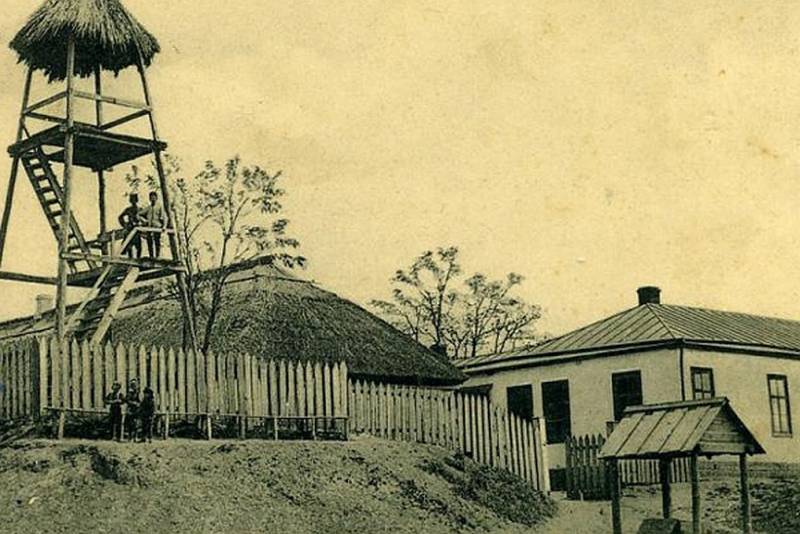
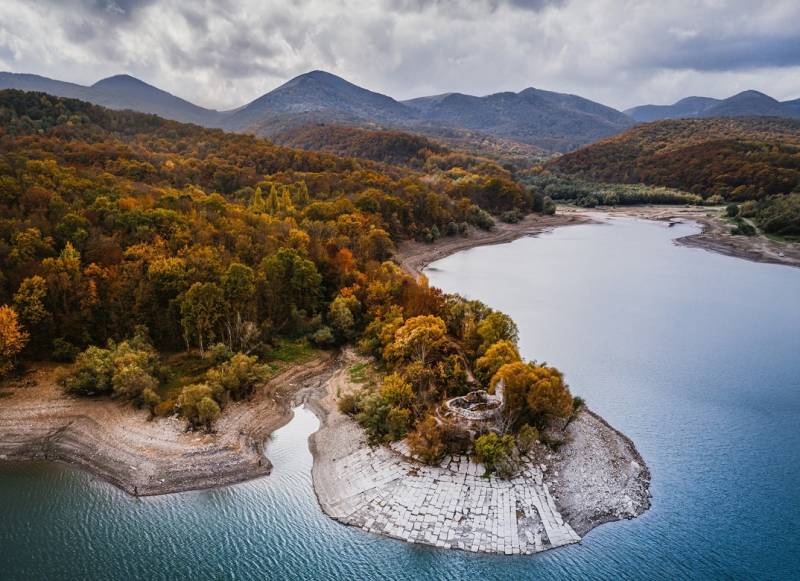
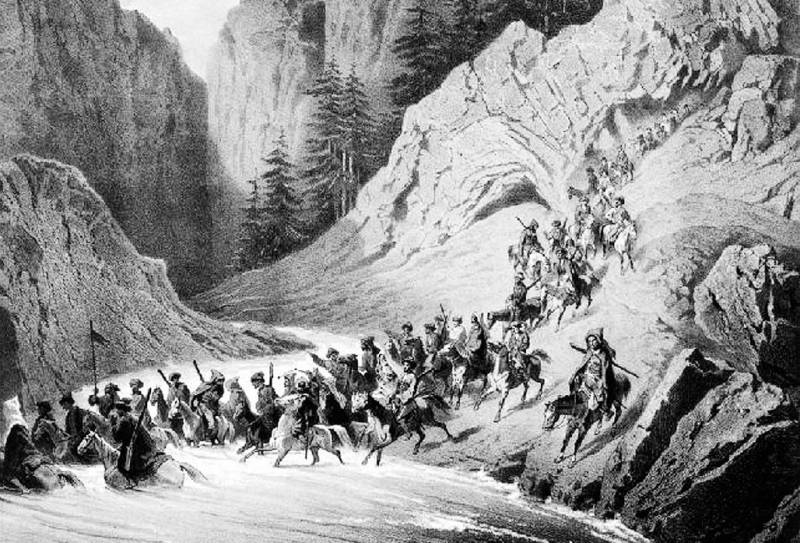
Information